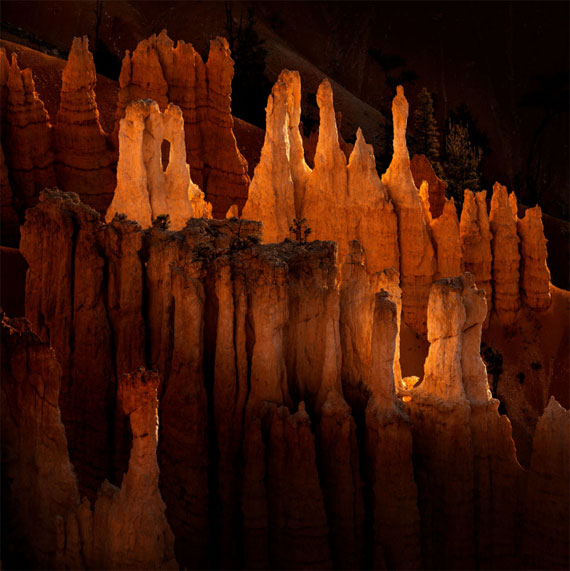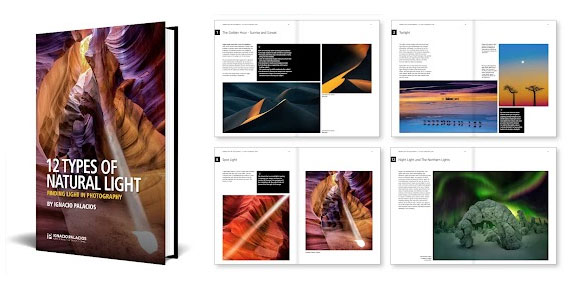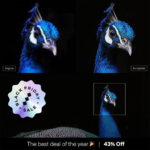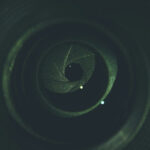Today’s article was kindly shared with us by Ignacio Palacios, author of the 12 Types of Natural Light which is designed to help photographers harness the incredible power of light.
This is light that comes from one side or the other and is very important to add dimension and texture to an image. Side lighting is a great light to use to explore the creative side of photography and is also perfect for emphasizing patterns and defining depth, imparting mood to a scene.
Texture only appears when there is light and shadow to define it and for the subject to look three dimensional it needs to have one side in light and the other side in shadow. This is what side lighting provides to any object.
In particular, low side lighting is a very popular light for landscape photography because of its quality and softness, adding dimension and defining the subject from its background. An example of side lighting, captured in my image of Bryce Canyon in Utah, where depth becomes a more prominent force in the image with the interplay of highlights and shadows creating an element of intrigue and the texture of the “hoodoos” come to life.

Bryce Canyon, Utah
Side light can range from fairly subtle when the sun is low in the sky to creating deep strong shadows and hard edges when the sun is high. It will depend on the aesthetic that you wish to achieve.
Side lighting can be effective in many different types of photography and scenarios. Here are some examples:
- Portrait Photography: Side lighting can add depth and drama to a person’s face, emphasizing the texture and contours. It’s great for creating mood and highlighting character.
- Landscape Photography: This is probably where side lighting is most commonly seen. The low-angled light of morning or late afternoon (golden hour) can create beautiful, long shadows that give landscapes depth and texture, emphasizing forms and details of the scenery. It can also enhance the color saturation, making the scene more vibrant.
- Macro Photography: Side lighting can bring out the texture and detail in small subjects. This is especially true for subjects like insects, flowers, or anything with intricate detail or texture.
- Street Photography: Side lighting can help create dramatic scenes in urban settings, with the interplay of light and shadow producing a strong visual effect.
- Product Photography: Side lighting can help reveal the shape and texture of a product, making it look more appealing and realistic.
- Architectural Photography: Side lighting can emphasize the texture and shape of buildings, giving them a more three-dimensional appearance.
- Food Photography: Side lighting can enhance the texture of food, making it look more appealing.
In each scenario, the key is to understand how the side light interacts with the subject and its environment, and how it can be used to enhance the photograph’s overall composition and mood. It’s also important to remember that side lighting often creates high contrast situations, so it’s crucial to manage exposure carefully to preserve detail in both highlights and shadows.
For Further Training:
Creating magnificent images requires the photographer to have full control over the tools at their disposal and understanding how light works is one of the most important elements to have in your creative arsenal. Grasping how light works is complex as it bounces off some subjects, passes through others, creates large or small shadows, influences colour and has a dramatic effect on your final image.

Finding Light in Photography
Understanding how to harness this incredible power of light requires you to understand the concepts of position, strength and colour and our success as photographers depend on our ability to predict and choose the best light or learn to work with what we have on offer.
This is a fantastic book for photographers of all skill levels. The book is full of beautiful images along with lots of helpful tips and techniques.
Found here: The 12 Types of Natural Light Guide
Like This Article?
Don't Miss The Next One!
Join over 100,000 photographers of all experience levels who receive our free photography tips and articles to stay current:






Leave a Reply